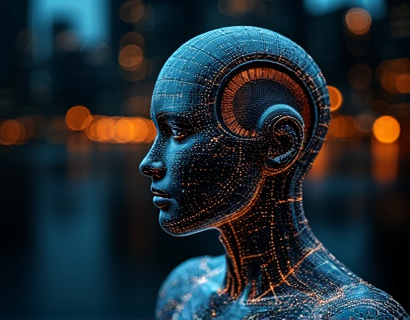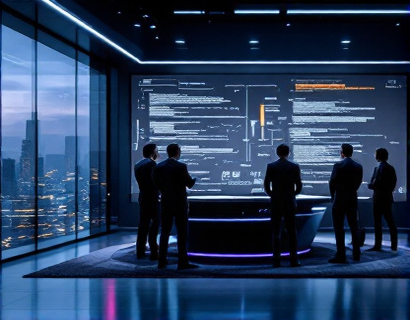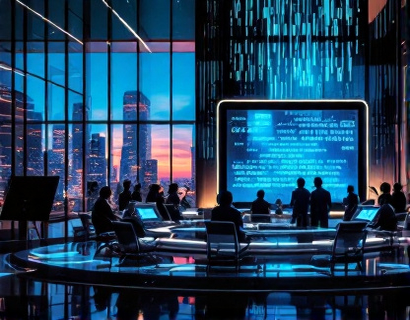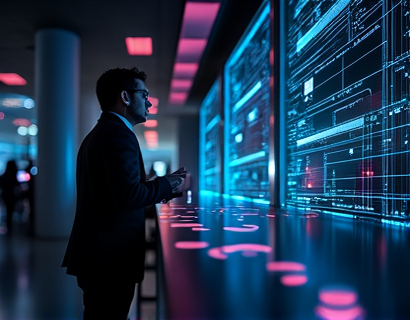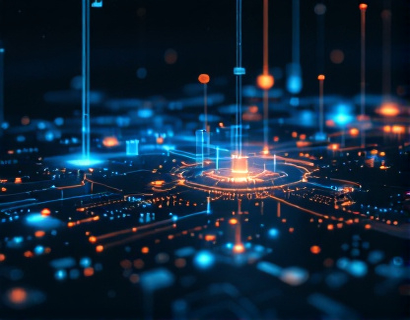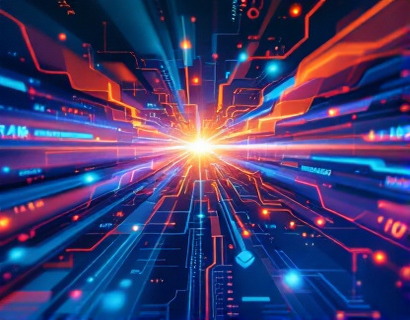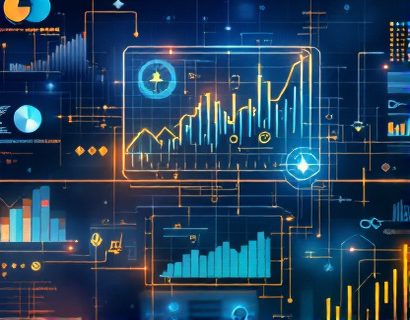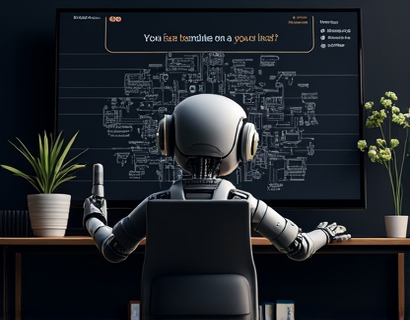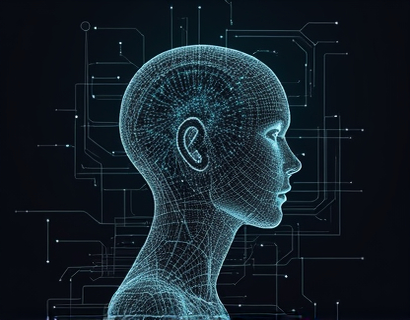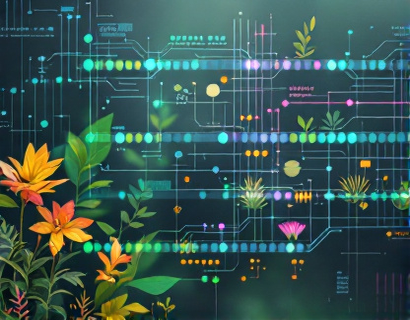Unlocking Seamless Global Communication with AI-Driven Translation Technology
In an increasingly interconnected world, the ability to communicate seamlessly across language barriers is more crucial than ever. The advent of AI-driven translation technology has revolutionized the way businesses and individuals interact globally. This sophisticated technology offers precise and efficient translations, breaking down language barriers and enhancing business interactions across diverse industries. Embracing this future of multilingual connectivity can significantly elevate communication, making global exchanges smoother and more effective.
The Importance of Accurate Translation in Global Business
Accurate translation is not just a convenience but a necessity in today's global marketplace. Miscommunications due to language barriers can lead to misunderstandings, lost opportunities, and even financial losses. AI-driven translation technology addresses these challenges by providing reliable and context-aware translations. These tools are designed to understand the nuances of language, including idioms, colloquialisms, and cultural references, ensuring that the intended message is conveyed accurately.
How AI-Driven Translation Technology Works
At the core of AI-driven translation technology is machine learning, a subset of artificial intelligence that enables systems to learn from data and improve over time without being explicitly programmed. These systems are trained on vast datasets of multilingual text, allowing them to recognize patterns and make informed translation decisions. The process involves several key steps:
- Text Analysis: The system analyzes the input text to identify its structure, context, and meaning.
- Translation: Using its trained models, the system translates the text into the target language, considering grammatical and syntactical rules.
- Post-Processing: The translated text undergoes further refinement to ensure fluency and accuracy, often involving context-aware adjustments.
This technology is continuously learning and adapting, improving its accuracy and efficiency with each interaction. The result is a translation service that not only translates words but understands and conveys the true intent behind the text.
Benefits for Businesses
For businesses, the benefits of AI-driven translation technology are manifold. Here are some key advantages:
Enhanced Global Reach
With accurate translations, businesses can expand their reach into new markets with confidence. Understanding local languages and cultures is essential for tailoring marketing strategies, customer support, and product descriptions to resonate with local audiences. AI-driven translation tools make this possible, allowing companies to communicate effectively with customers and partners worldwide.
Improved Customer Service
Customer service is a critical aspect of business success, and language barriers can often hinder effective communication. AI-driven translation tools enable businesses to provide multilingual support, ensuring that customer inquiries are handled efficiently and courteously, regardless of the language spoken. This not only enhances customer satisfaction but also builds trust and loyalty.
Increased Operational Efficiency
Translation tasks can be time-consuming and resource-intensive, especially when dealing with large volumes of text. AI-driven solutions automate these processes, reducing the time and effort required to translate documents, emails, and other communications. This efficiency allows businesses to focus on core activities, driving productivity and growth.
Cost Savings
Traditional translation methods often involve hiring human translators, which can be costly, especially for large-scale projects. AI-driven translation technology offers a cost-effective alternative, providing high-quality translations at a fraction of the cost. This makes it accessible for businesses of all sizes to globalize their operations without breaking the bank.
Applications Across Industries
The versatility of AI-driven translation technology makes it applicable across a wide range of industries. Here are some examples:
Healthcare
In the healthcare sector, accurate communication is vital for patient care and safety. AI-driven translation tools can help translate medical records, patient instructions, and research papers, ensuring that healthcare providers and patients can understand each other clearly. This is particularly important in multicultural healthcare settings where language diversity is common.
Legal and Compliance
The legal industry requires precise and accurate translations of contracts, agreements, and legal documents. AI-driven translation technology can help ensure that these documents are translated correctly, minimizing the risk of misinterpretation and legal issues. This is crucial for businesses operating in multiple jurisdictions.
Tourism and Hospitality
In the tourism and hospitality industry, providing multilingual support enhances the guest experience. AI-driven translation tools can assist in translating menus, signage, and customer service communications, making it easier for travelers to navigate and enjoy their destinations.
Education
Education is another field that benefits greatly from AI-driven translation. Online courses, academic papers, and educational resources can be made accessible to a global audience, breaking down barriers to learning. This promotes educational equity and opens up opportunities for students and educators worldwide.
Challenges and Considerations
While AI-driven translation technology has made significant strides, there are still challenges to consider:
Contextual Understanding
Although AI has improved in understanding context, certain nuances and subtleties may still be missed. Human oversight is often necessary to ensure the highest level of accuracy, especially in complex or sensitive content.
Emotional Tone
Translating emotional tone and sentiment can be challenging for AI systems. While they can handle basic emotional cues, more subtle expressions may require human intervention to capture the intended emotional impact.
Continuous Learning
AI models need regular updates and retraining to stay current with language evolution and new terminology. Businesses using these tools should be aware of the need for ongoing maintenance and improvement.
Future of AI-Driven Translation
The future of AI-driven translation technology looks promising, with ongoing advancements expected to further enhance its capabilities:
Improved Accuracy
As AI models continue to learn from larger and more diverse datasets, translation accuracy will improve. This will reduce the need for human post-editing and make AI translations nearly indistinguishable from those done by human experts.
Real-Time Translation
Real-time translation for live conversations and video calls is becoming more feasible. This will enable seamless communication in real-time, breaking down language barriers in conversations, meetings, and events.
Integration with Other Technologies
AI-driven translation is likely to integrate with other technologies such as augmented reality (AR) and virtual reality (VR), enhancing immersive experiences and making global interactions even more natural and intuitive.
Conclusion
AI-driven translation technology is transforming the way we communicate globally. By providing precise, efficient, and context-aware translations, it is breaking down language barriers and fostering better understanding across cultures. Whether for businesses looking to expand internationally or individuals seeking to connect with people around the world, these tools offer a powerful solution to the challenges of multilingual communication. Embracing this technology can open up new opportunities and drive success in an increasingly interconnected world.




